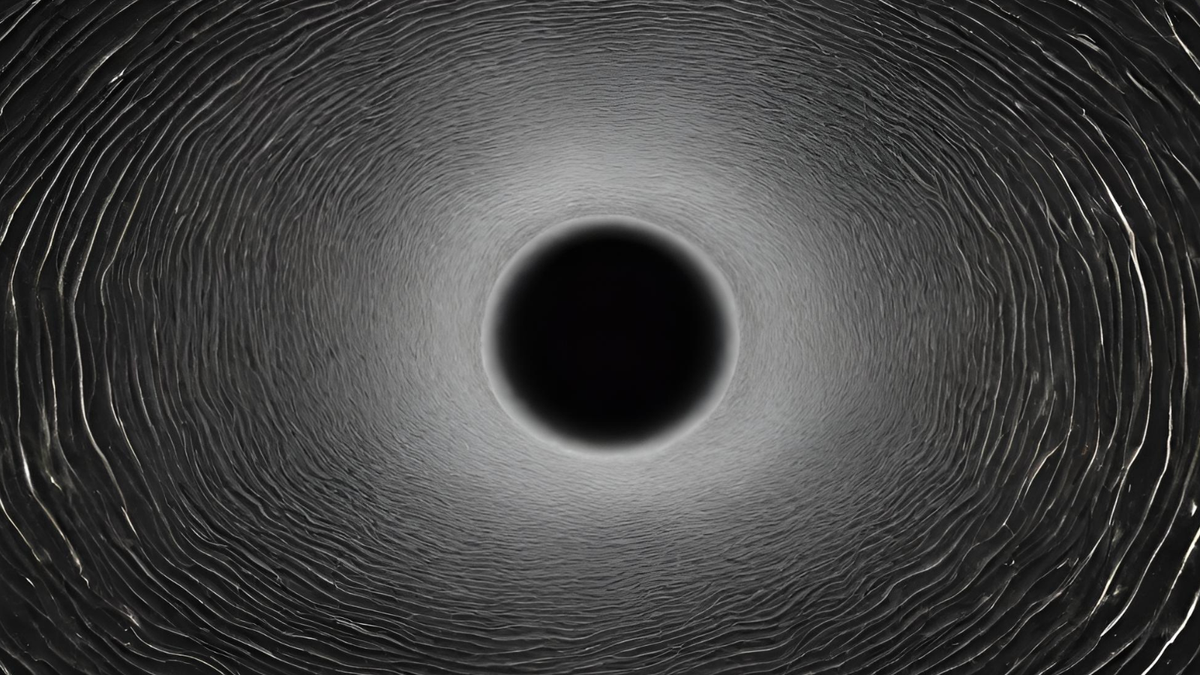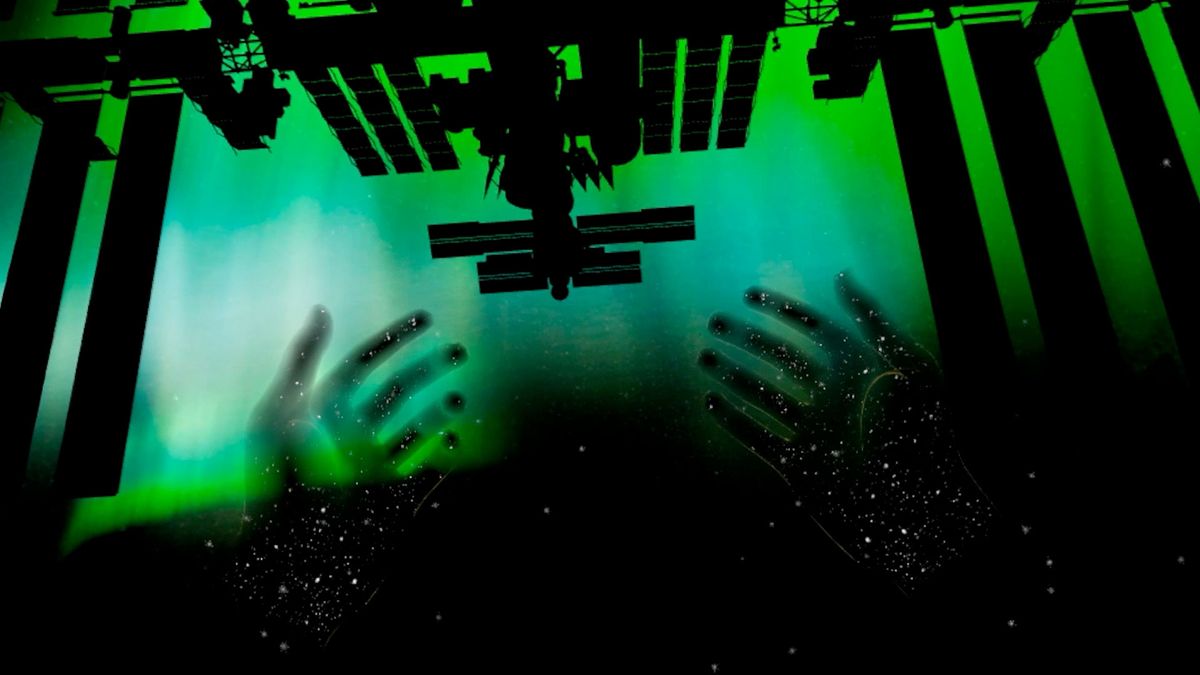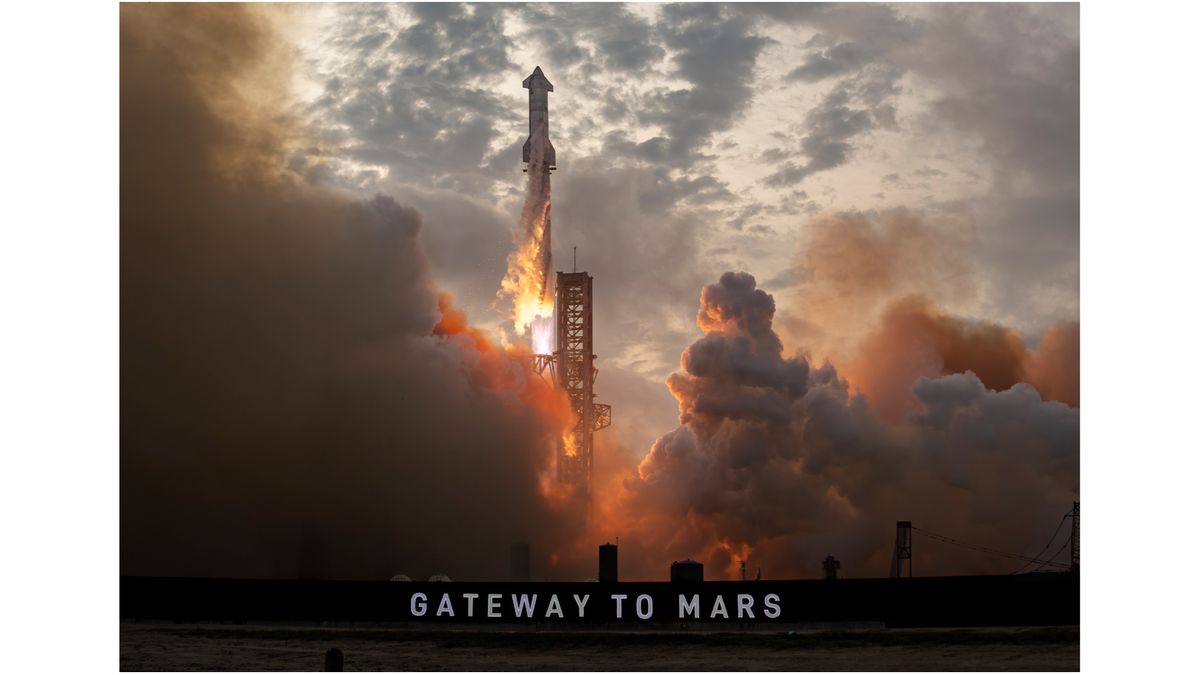Exploring Quantum Phenomena in Laboratory Settings
Black holes are known to create turbulent and violent environments due to immense gravitational forces that drive unique physics found nowhere else in the universe. These influential entities have the ability to drag the very fabric of space when they rotate, resulting in constant motion near them. While it’s impossible to bring black holes to Earth for study, a team of researchers led by scientists from the University of Nottingham has managed to replicate these effects in a controlled laboratory environment. By creating a swirling “quantum vortex” in a helium superfluid chilled to ultracold temperatures, they have successfully mimicked conditions akin to those found near rotating black holes.
Creating a Black Hole Simulation
The research team’s experiment involved generating tiny waves on the surface of the superfluid to observe exotic behaviors resembling those near black holes. Superfluid helium, known for its ultra-low viscosity and unique properties, allowed for detailed examination of surface waves in the presence of a tornado-like vortex. The viscosity of superfluid helium enabled researchers to meticulously study the interaction between tiny surface waves and the superfluid tornado, comparing the results with theoretical projections.
Related: 3D map of over 1 million black holes traces where the universe’s dark matter lies
Parallels Between Quantum Vortices and Black Holes
To understand how a superfluid vortex resembles a black hole, it’s crucial to consider Einstein’s theory of general relativity, which states that gravity emerges from the curvature of spacetime caused by mass. Black holes, as regions of spacetime created by infinitely dense masses, exhibit unique characteristics such as electric charge, mass, and angular momentum. A rotating black hole, or Kerr black hole, drags spacetime along with it due to its angular momentum, a phenomenon known as frame dragging.
The research team’s experiment simulated a black hole-like vortex in an ultracold superfluid, showcasing the Lense-Thirring effect analogous to forces around rotating black holes. By constructing a cryogenic system capable of holding liquid helium at temperatures near absolute zero, researchers observed quantum properties that allowed for the formation of quantum vortices resembling a tornado in the superfluid.
By confining thousands of quantum vortices in a compact object akin to a small tornado, the team was able to achieve a vortex flow with exceptional strength, mirroring behavior observed in quantum fluids. The experiment highlighted striking similarities between the quantum tornado and gravitational effects around black holes, shedding light on the behavior of quantum fields in curved spacetime.
Implications for Quantum Physics Research
Published in the journal Nature, the team’s groundbreaking research signifies a significant breakthrough in understanding the complex phenomena associated with black holes. The ability to simulate black hole physics in a controlled setting opens up new avenues for exploring quantum physics within curved spacetime, paving the way for deeper insights into astrophysical black holes and their gravitational influence.
Image/Photo credit: source url





